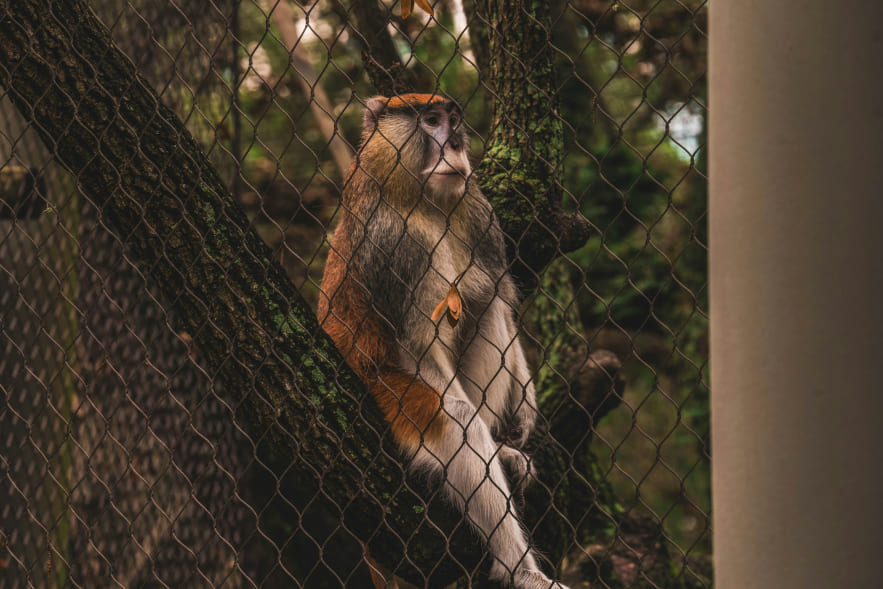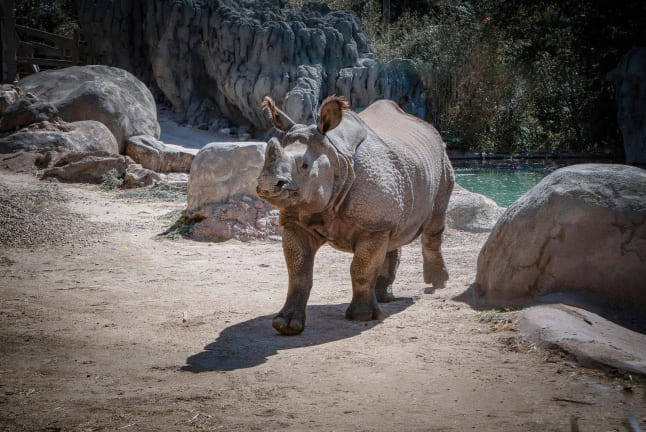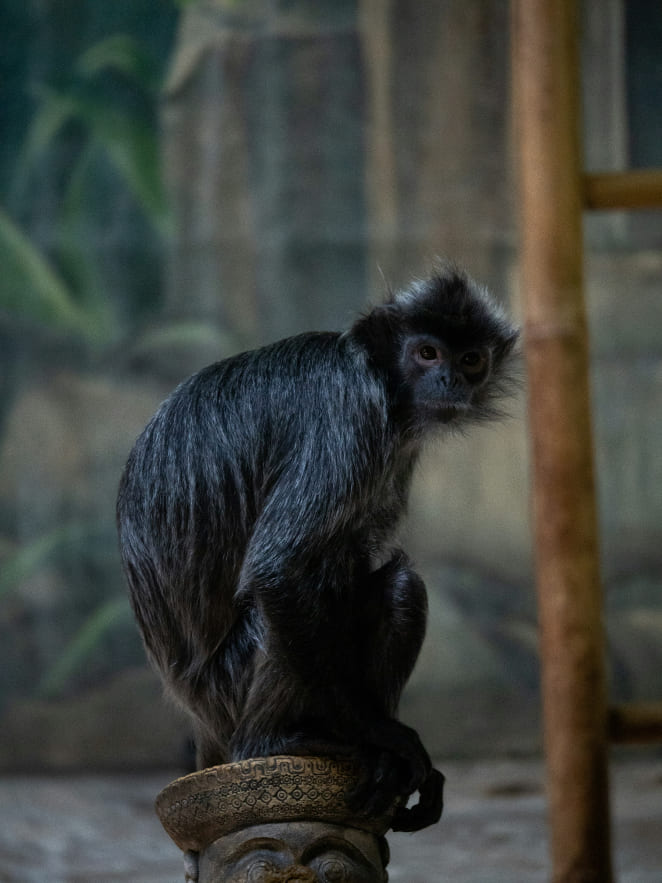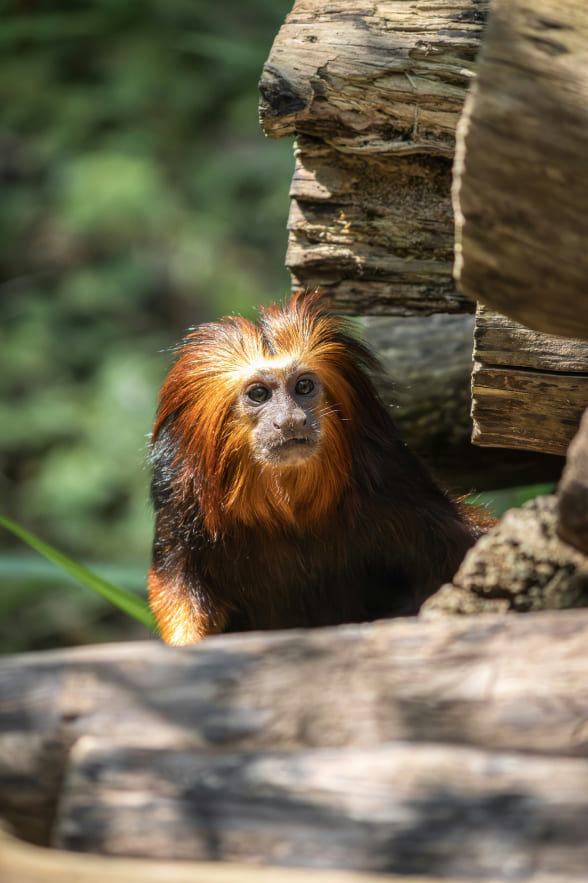Physical Characteristics
Adult giant pandas typically weigh between 70 and 100 kilograms (150–220 pounds) and measure around 1.2 to 1.9 meters (4–6 feet) in length. Their round faces, large heads, and prominent black eye patches give them an endearing, almost cartoon-like appearance. This unique coloration helps pandas camouflage in their natural environment of dense bamboo forests, where sunlight and shadows create dappled patterns.
Habitat and Behavior
Giant pandas inhabit temperate mountain forests at elevations between 1,200 and 3,500 meters (4,000–11,500 feet). These forests are characterized by thick bamboo undergrowth, which provides both food and shelter. Pandas are solitary animals, with each adult occupying a defined territory.
Reproduction and Lifespan
Giant pandas have a notoriously low reproductive rate, making their conservation a significant challenge. Female pandas are fertile for only 2–3 days a year, and even in the wild, their mating success is relatively low. After a gestation period of about 95–160 days, females give birth to one or two cubs, though typically only one survives due to the mother's limited ability to care for more than one.
The Giant Panda: A Symbol of Conservation
The giant panda (Ailuropoda melanoleuca), with its distinctive black-and-white fur and gentle demeanor, is one of the most beloved animals in the world. Native to the mountainous regions of central China, particularly in Sichuan, Shaanxi, and Gansu provinces, the panda has become a global symbol of wildlife conservation.
Species Protected
Dedicated Experts
Acres of Habitat Restored
Animals Rescued
Exploring the Wonders of the Animal Kingdom

Cotton-Top Tamarin
The cotton-top tamarin is a small, charismatic monkey native to the tropical forests of Colombia. Its most distinguishing feature is a shock of white fur on its head, resembling a cotton tuft, which contrasts with its dark body and limbs. These tamarins are highly social animals, living in small family groups and communicating through a wide range of vocalizations, gestures, and facial expressions.

Indian Eagle Owl
The Indian eagle owl, also known as the Bengal eagle owl, is a large and powerful bird of prey found across the Indian subcontinent. Known for its striking orange eyes, prominent ear tufts, and mottled plumage, this owl is an expert hunter, preying on small mammals, birds, and reptiles. It prefers rocky hillsides, dense forests, and scrublands as its habitat.

Japanese Crane
The Japanese crane, also known as the red-crowned crane, is a symbol of longevity, happiness, and fidelity in East Asian cultures. Found in Japan, China, and Russia, this elegant bird is famous for its striking black and white plumage, with a red patch on its head. These cranes are known for their elaborate courtship dances, involving synchronized movements and vocal duets.
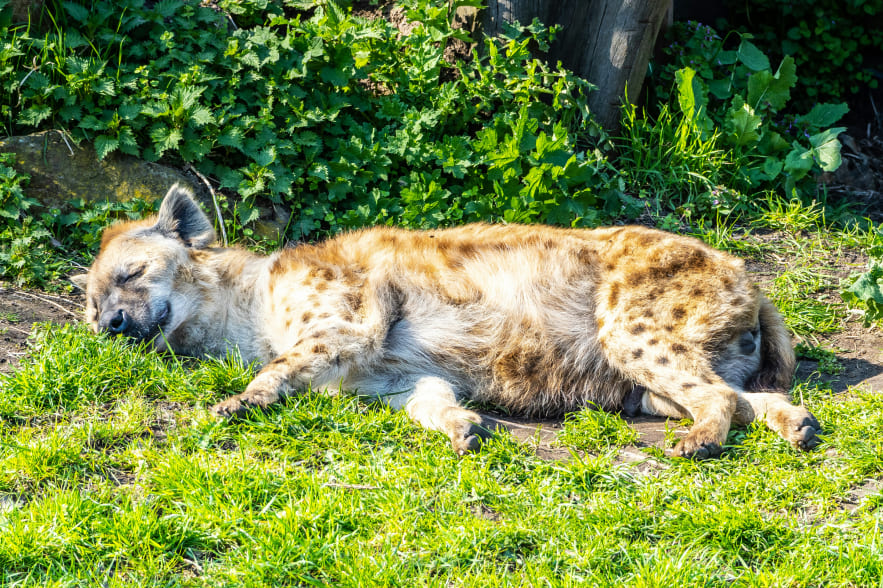
Spotted Hyena
The spotted hyena is one of Africa's most misunderstood predators. Known for its eerie "laugh," this highly intelligent and social animal lives in matriarchal clans, often numbering up to 80 members. Found in savannas, grasslands, and forests, spotted hyenas are both skilled hunters and scavengers, capable of taking down large prey such as wildebeest.
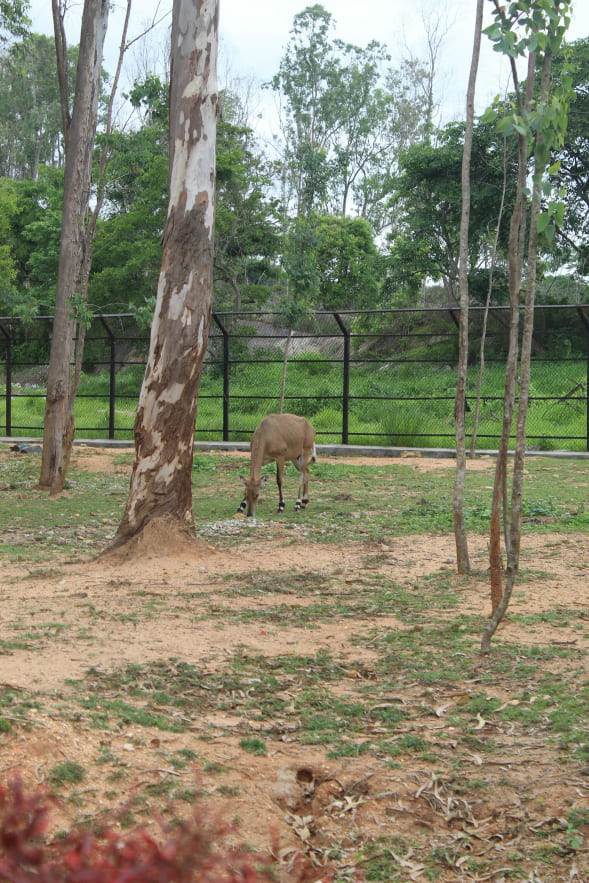
Nilgai
The nilgai, also known as the blue bull, is the largest antelope in Asia, native to the grasslands and scrub forests of India and Nepal. Males have a distinctive bluish-gray coat, while females are tawny brown. These herbivores graze on grasses, shrubs, and leaves and are highly adaptable to different habitats.

Striped Hyena
The striped hyena is a solitary and nocturnal scavenger found in arid regions, savannas, and forests across North Africa, the Middle East, and India. Smaller than its spotted cousin, it has a grayish coat with distinctive black stripes and a thick mane that rises when threatened.

Indian Rhinoceros
The Indian rhinoceros, or one-horned rhinoceros, is a massive herbivore found in the grasslands and forests of India and Nepal. It is easily recognized by its thick, armor-like skin with deep folds and its single horn. These rhinos are grazers, feeding on grasses, fruits, and aquatic plants, and are often found near rivers and wetlands.

European Lion
The European lion, now extinct, once roamed across southern Europe and the Caucasus region. These lions were larger and more robust than their African counterparts and played a significant role in ancient cultures, often depicted in art, myths, and legends.

Patas Monkey
The patas monkey, also known as the hussar monkey, is one of the fastest primates, capable of running up to 34 miles per hour. Found in the savannas and dry grasslands of Africa, it is easily recognized by its reddish-brown coat, white face, and black facial markings.
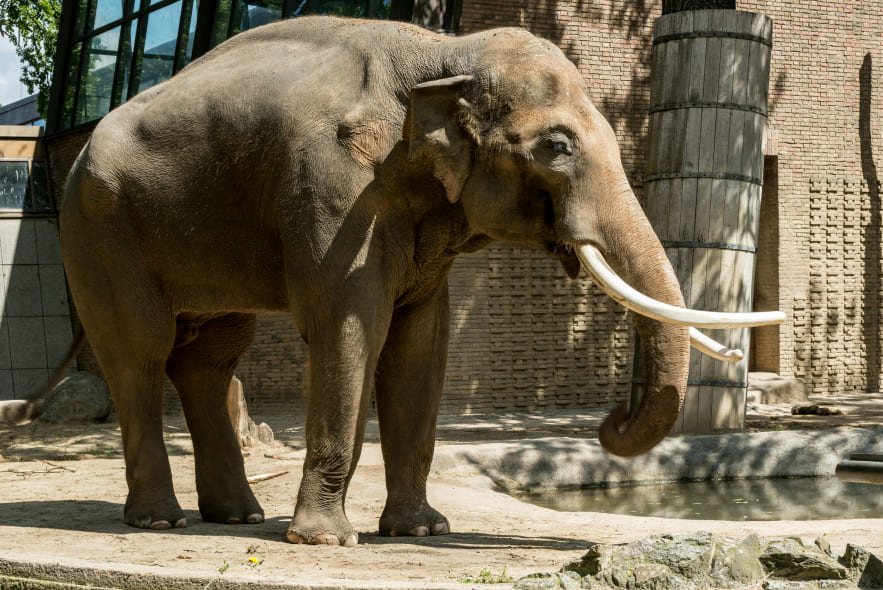
Indian Elephant
The Indian elephant, a subspecies of the Asian elephant, is a majestic animal found in the forests and grasslands of India and Southeast Asia. Slightly smaller than its African counterpart, it has smaller ears and a more domed head. Indian elephants are highly intelligent and social, living in matriarchal herds led by an older female.
Protecting Wildlife, Preserving the Planet
Some of Your Questions
- What is a nature reserve?
- Why are nature reserves important?
- What kinds of animals live in reserves?
- How do reserves help animals?
- How are reserves different from zoos?
- What threats do wild animals face?
- How do reserve staff care for animals?
- Can people visit nature reserves?
- How can people help nature reserves?
- What are some famous nature reserves around the world?

